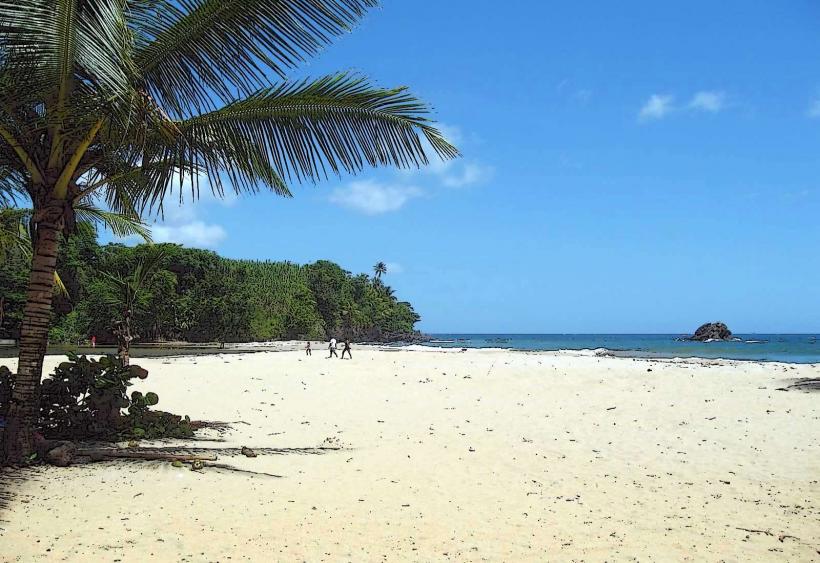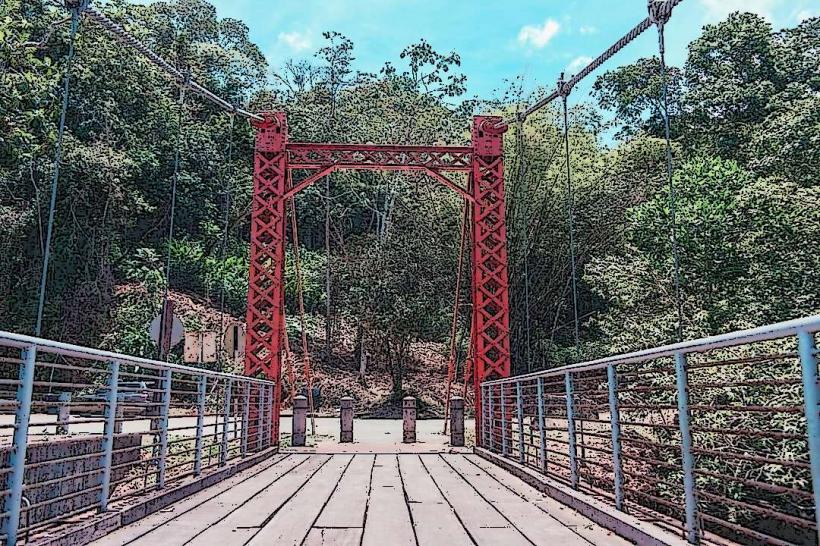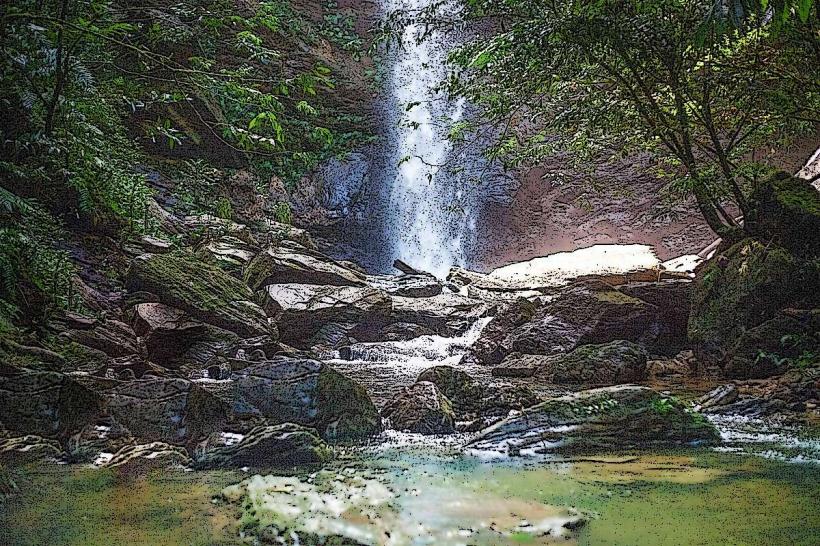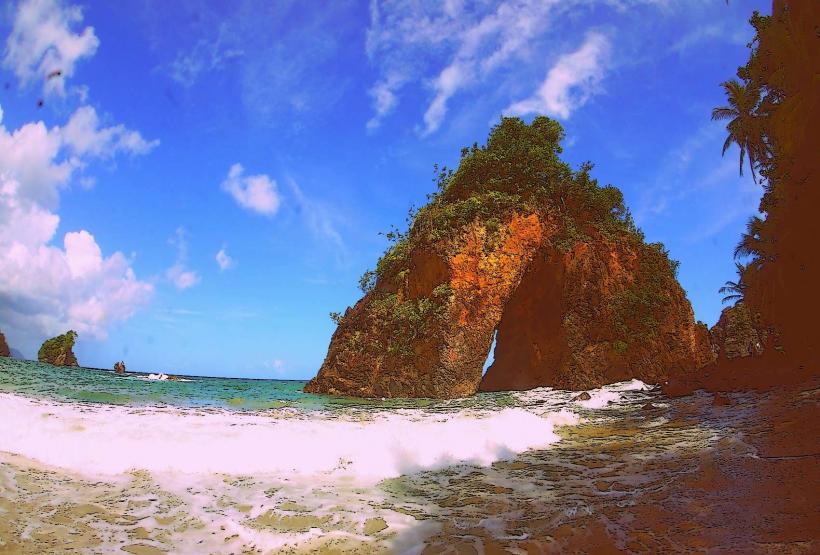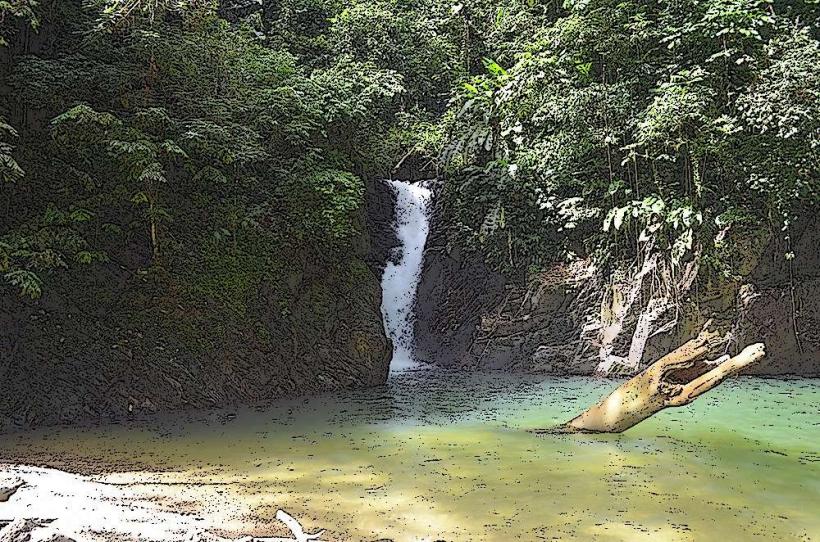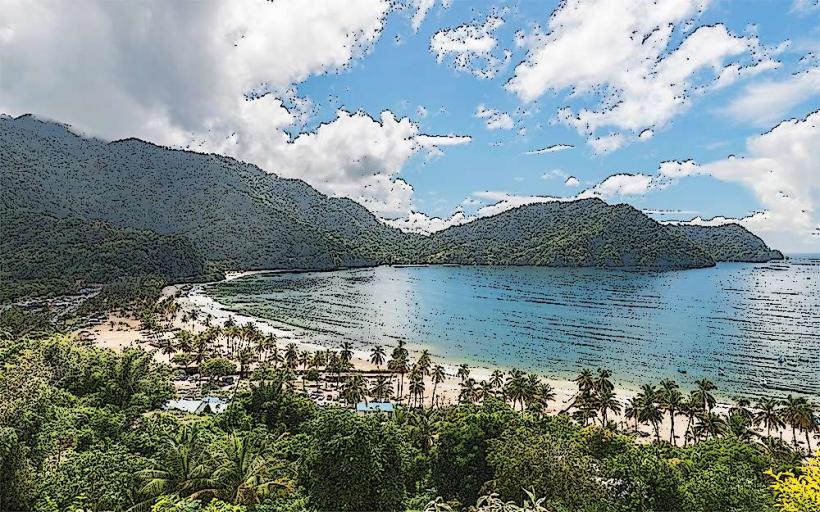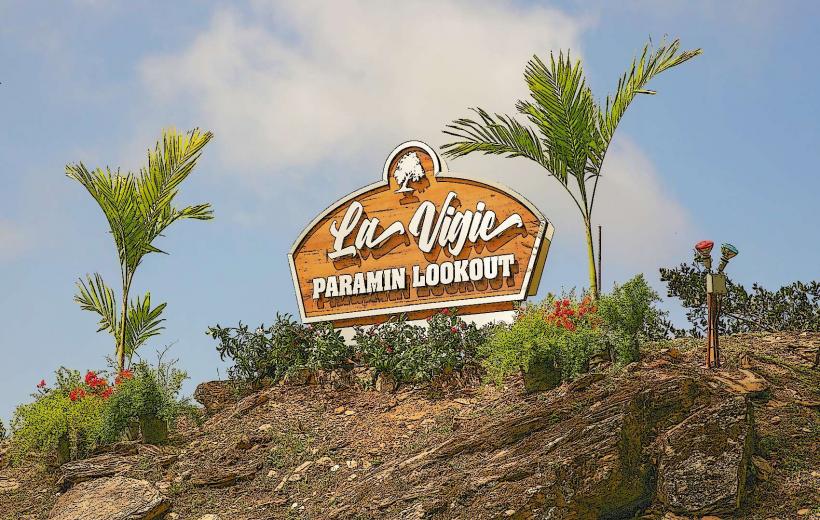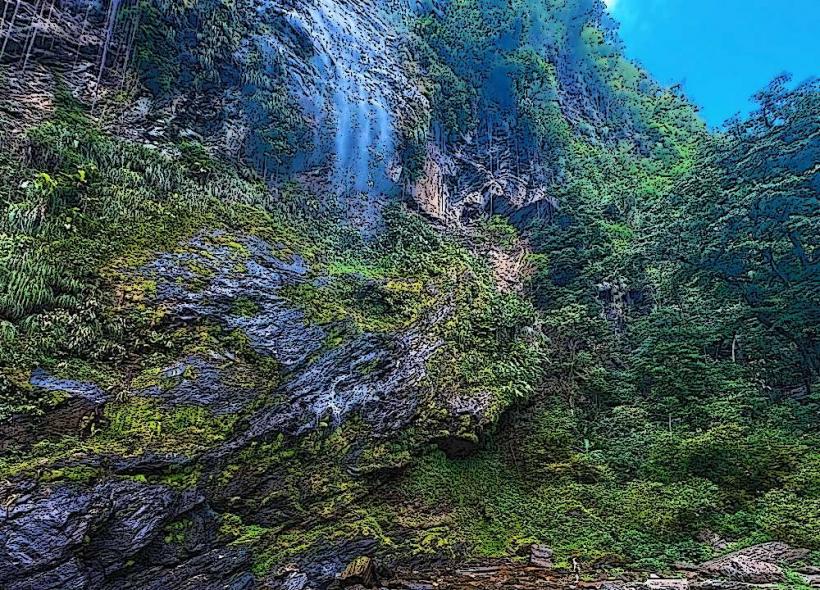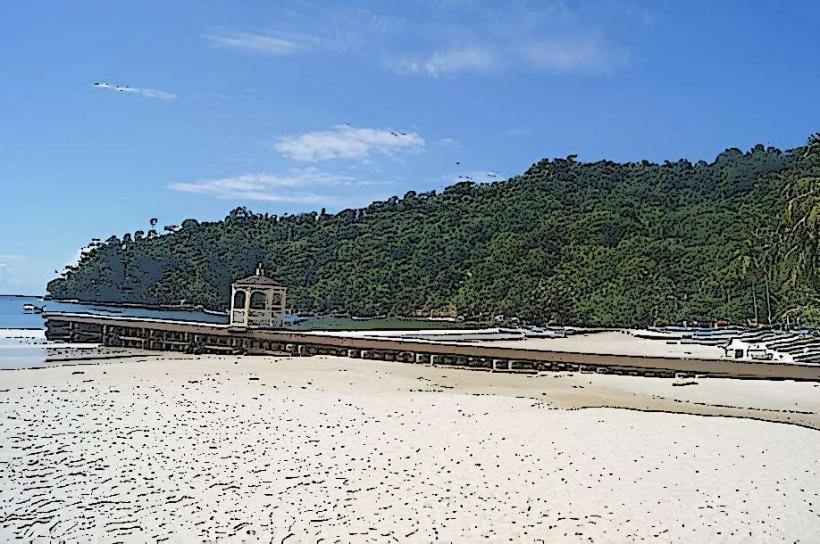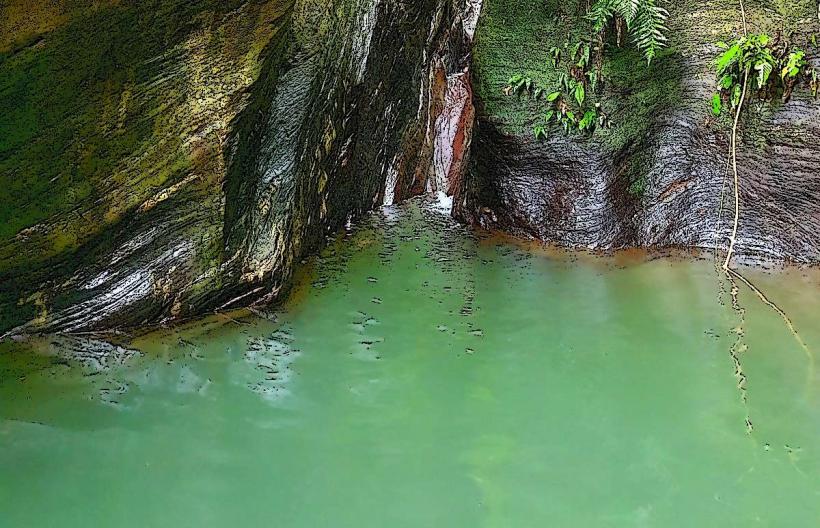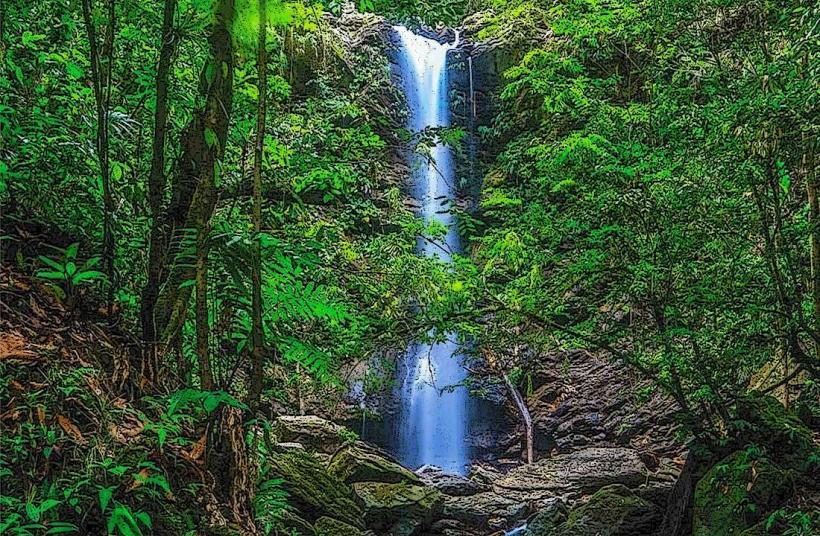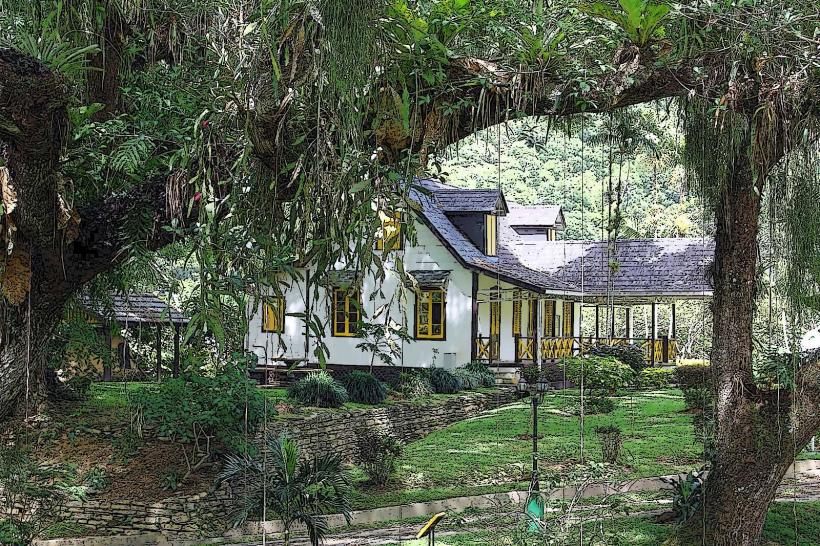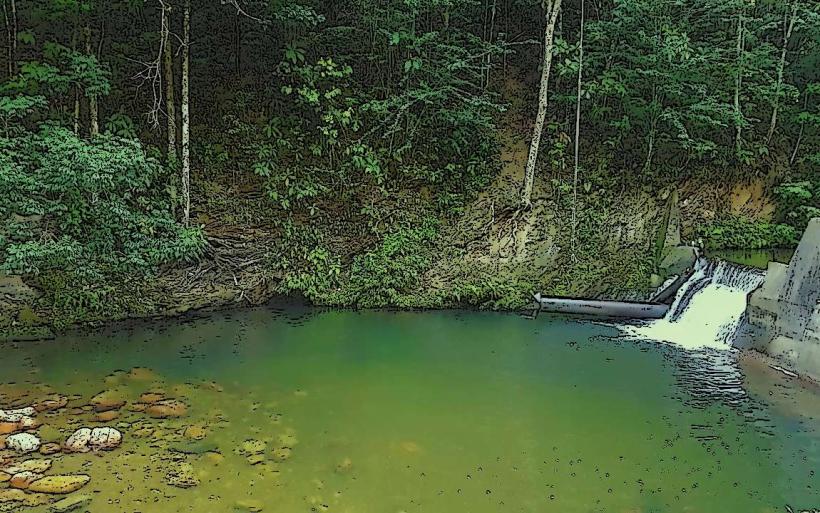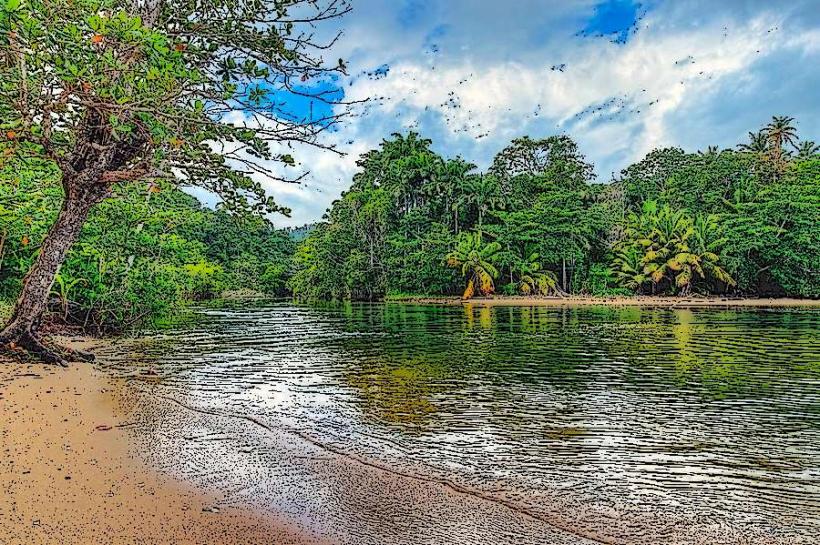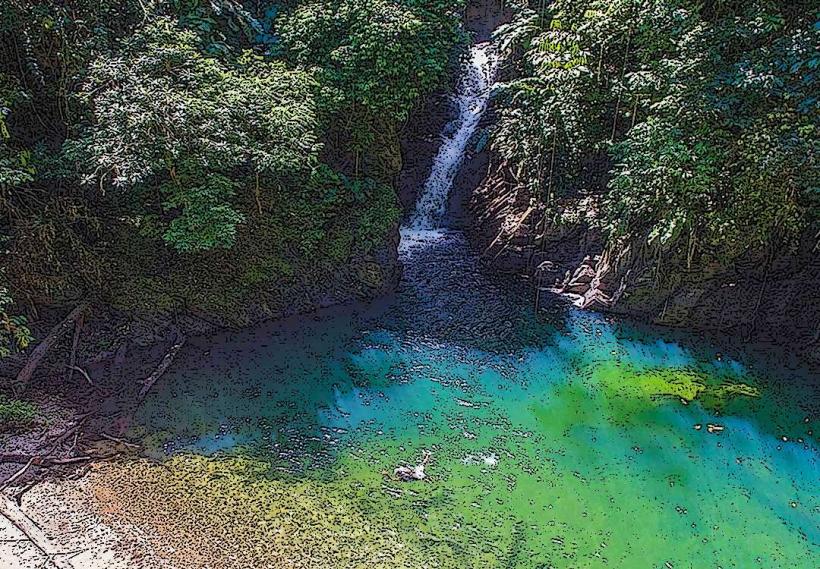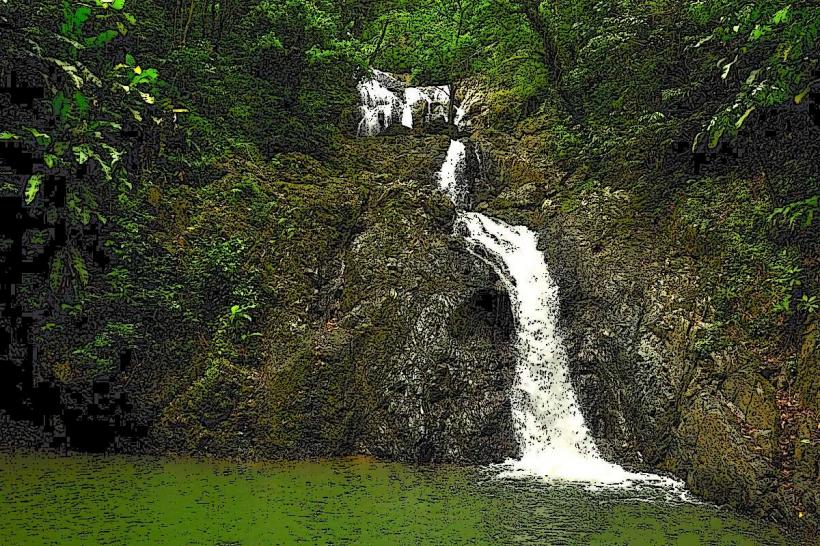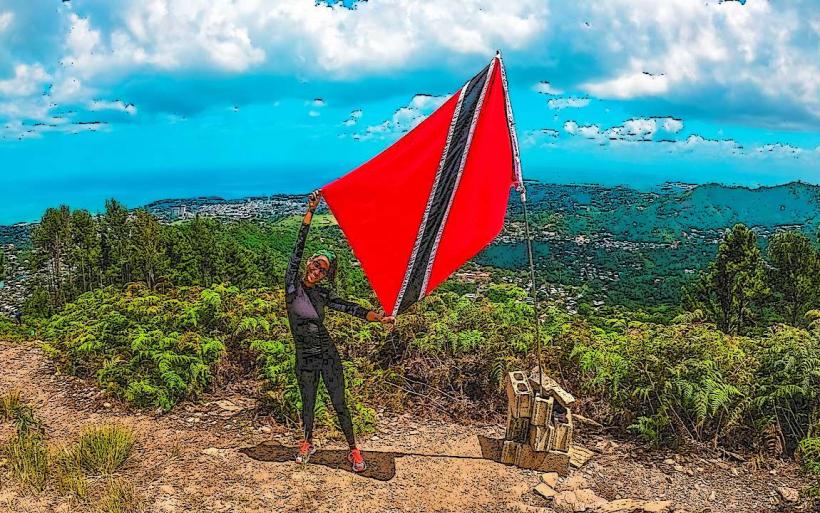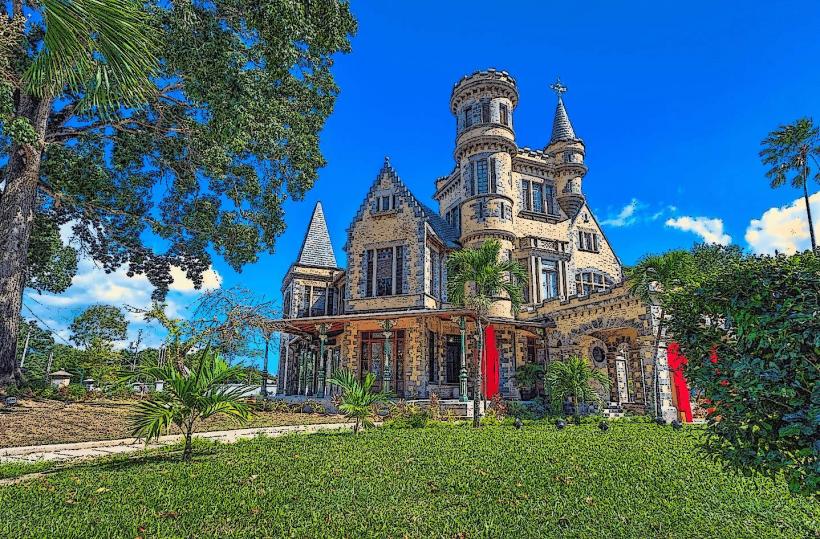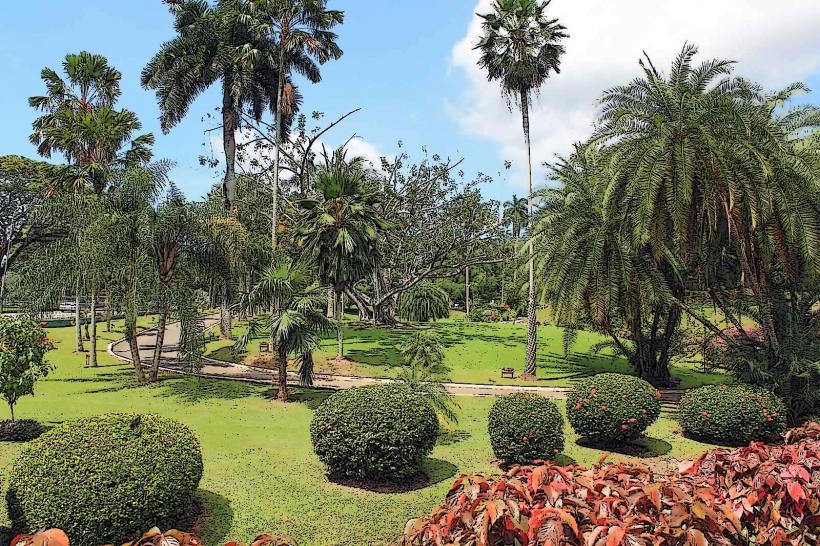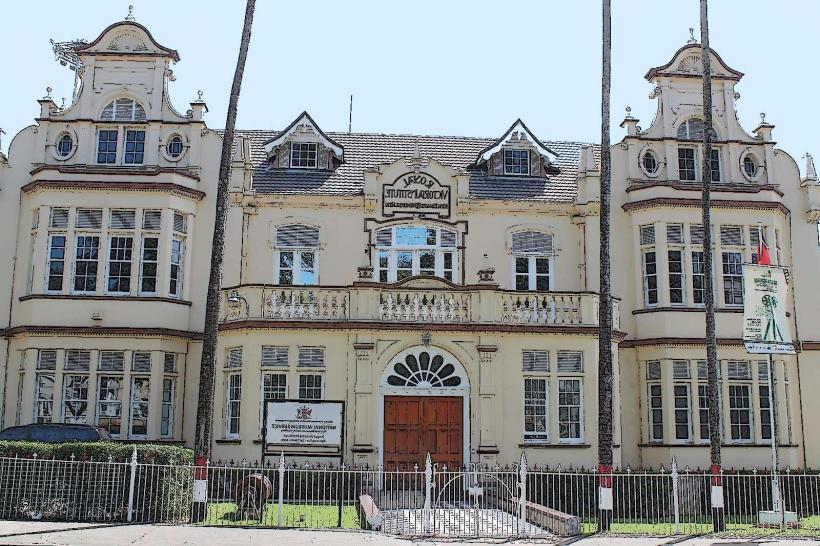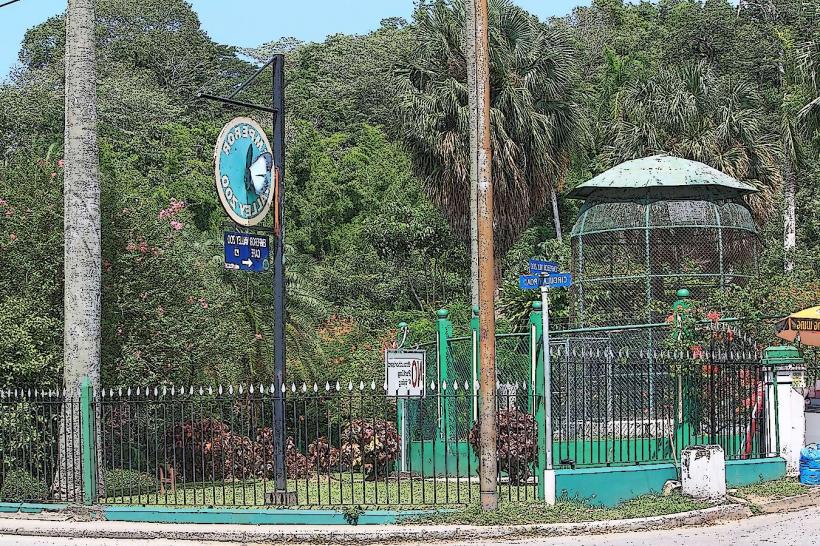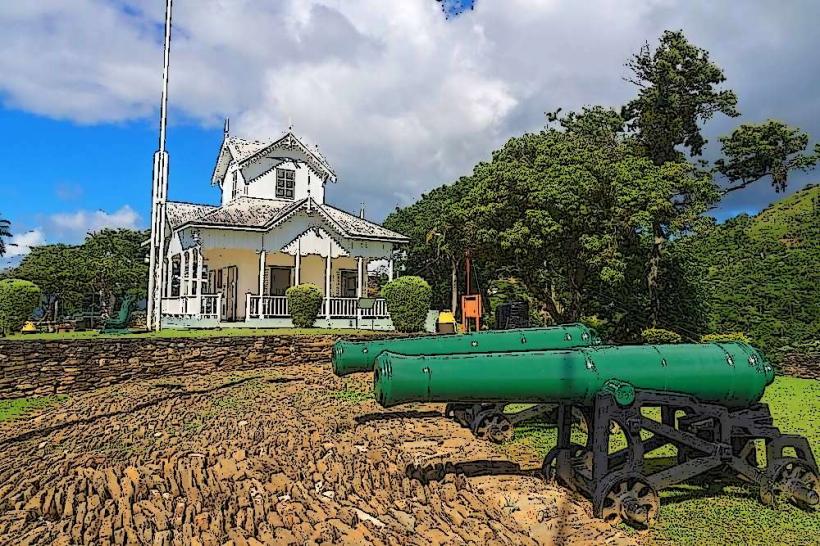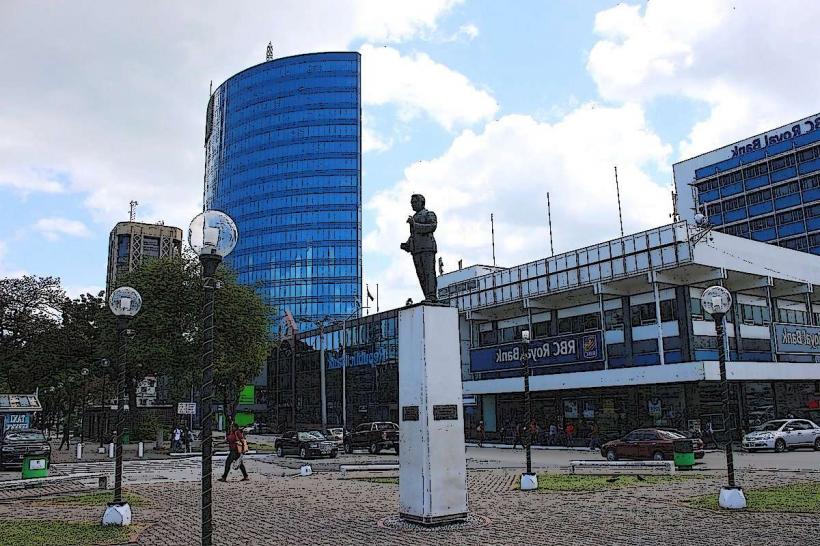Information
Landmark: North Coast RoadCity: Port of Spain
Country: Trinidad and Tobago
Continent: North America
The North Coast Road is one of the most scenic and well-traveled roads in Trinidad, offering stunning views of the island's coastline, mountains, and lush tropical landscapes. It is a major highway that runs along the northern coast of the island, connecting key towns, villages, and beaches, and providing access to some of Trinidad's most beautiful natural attractions.
1. Geographical Location and Overview
- Route: The North Coast Road stretches from Port of Spain, the capital city of Trinidad, to the Toco Village at the northeastern tip of the island. It follows the coastline of the Caribbean Sea, passing through several picturesque towns and villages along the way.
- Length: The road is approximately 50 to 60 kilometers (30-37 miles) long, depending on the exact start and endpoint used. It runs parallel to the Northern Range, a mountainous region that adds to the road’s dramatic vistas.
- Terrain: The North Coast Road passes through a variety of landscapes, including steep cliffs, rolling hills, tropical forests, valleys, and coastal areas. The combination of mountains on one side and the sea on the other creates breathtaking panoramic views, making it one of the most beautiful drives in the Caribbean.
2. Key Features and Attractions
- Maracas Bay: One of the most popular and well-known stops along the North Coast Road, Maracas Bay is a beautiful crescent-shaped beach famous for its golden sand, calm waters, and iconic bake and shark food stalls. The bay is easily accessible from the road and offers a great place for swimming, picnicking, or relaxing.
- Paramin: This mountain village lies along the North Coast Road and offers a scenic lookout point, Paramin Lookout, providing panoramic views of the coastline, Maracas Bay, and the surrounding mountain range. The village is known for its agricultural heritage and traditional foods.
- Blanchisseuse: Further east along the North Coast Road is Blanchisseuse, a small village with a quiet beach and riverside areas perfect for nature lovers. It is also a popular starting point for hikes to nearby waterfalls and nature reserves.
- Toco Village: Located at the northeastern tip of Trinidad, Toco is a quiet, rural village with a lighthouse and opportunities to explore nearby beaches and natural landscapes. It is the end point of the North Coast Road and offers a peaceful escape from the more tourist-heavy areas of the island.
- Lookout Points and Scenic Stops: Throughout the route, there are several lookout points and viewing areas where visitors can stop to take in stunning vistas of the mountains, valleys, and coastline. These spots are perfect for taking photos, enjoying the landscape, or simply relaxing and soaking in the views.
- Waterfalls: Along the road, visitors may find trails leading to some of Trinidad’s beautiful waterfalls, including the Avocat Waterfall and Paria Waterfall. These scenic waterfalls are accessible by hiking and offer opportunities for swimming in natural pools.
3. Activities and Experiences
- Scenic Drives: The North Coast Road is one of the best scenic drives in Trinidad, offering travelers the chance to enjoy the beauty of the coastline, tropical forests, and rolling hills. The road winds along steep cliffs, with glimpses of the sea on one side and mountains on the other.
- Hiking: Many of the stops along the North Coast Road offer access to hiking trails leading to waterfalls, beaches, and natural reserves. Popular trails include those around Blanchisseuse and Paria Bay. Hiking enthusiasts can explore the rich biodiversity and pristine forests of the Northern Range.
- Swimming and Beach Activities: Along the North Coast Road, visitors can stop at Maracas Bay, Las Cuevas Beach, and Blanchisseuse to enjoy swimming, sunbathing, and other beach activities. The calm waters of Maracas Bay and Las Cuevas make these spots ideal for families and those seeking a peaceful beach experience.
- Photography: The views along the North Coast Road provide excellent opportunities for photography. The combination of the Caribbean Sea, lush hills, and tropical vegetation creates a picturesque setting that is popular among photographers and nature lovers.
- Food Stops: The North Coast Road is known for its food offerings, especially in areas like Maracas Bay, where local food vendors serve bake and shark, a popular Trinidadian dish. Visitors can stop at these food stalls to enjoy fresh, local cuisine while taking in the coastal views.
4. Road Conditions and Travel Tips
- Steep Terrain: The North Coast Road is a winding road with many curves and steep inclines, especially as it passes through the Northern Range. Drivers should be cautious and aware of the road conditions, particularly during rainy weather, when the road may become slippery.
- Traffic: While the road is popular with tourists, traffic can be heavy, particularly on weekends and holidays, when locals flock to the beaches. It's best to plan your trip during off-peak times if you want to avoid congestion.
- Gas Stations and Amenities: The road is relatively remote in some sections, so it’s a good idea to ensure your vehicle has enough fuel before heading out. There are a few gas stations along the way, but they are limited in number. Visitors should also bring water, snacks, and other essentials, especially if planning to hike or spend an extended period in more remote areas.
- Road Safety: As the North Coast Road is often used by tourists and locals alike, it is essential to be cautious and drive carefully. Many areas are narrow and have limited shoulder space, so extra attention is necessary when passing other vehicles.
5. Best Time to Visit
- The best time to visit the North Coast Road is during the dry season, which typically lasts from January to May. This is when the weather is most favorable for outdoor activities, such as swimming, hiking, and scenic drives.
- During the rainy season (June to December), there can be occasional heavy rains, which may affect visibility on the road, especially in higher elevation areas like Paramin and Blanchisseuse. However, the rainy season can also bring lush landscapes and fewer tourists.
6. Conclusion
The North Coast Road is one of Trinidad’s most scenic and rewarding drives, offering visitors breathtaking views, access to beautiful beaches, and opportunities for outdoor activities such as hiking and photography. Whether you’re driving along the coastline, visiting popular beaches like Maracas Bay or Las Cuevas, or exploring natural attractions in remote areas like Blanchisseuse and Toco, the road provides an incredible way to experience the island’s natural beauty. It’s an essential route for anyone looking to explore the northern part of Trinidad.

